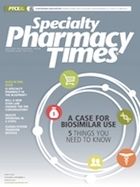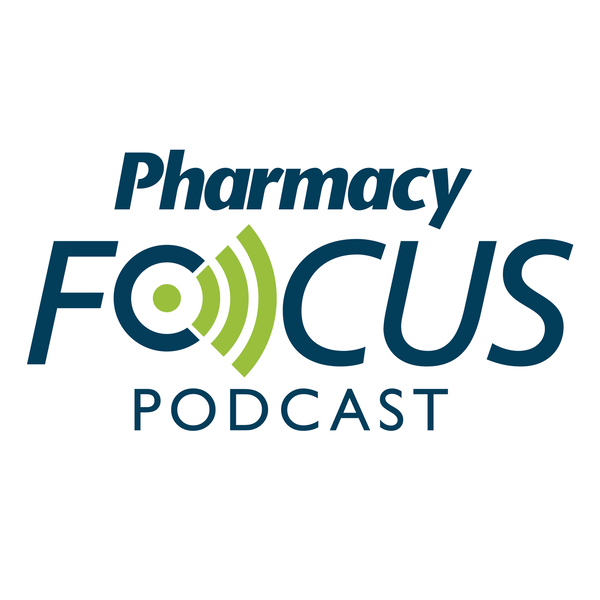Publication
Article
Specialty Pharmacy Times
Buying In on Biosimilars
Author(s):
With drugs that achieve similar clinical outcomes, it will ultimately come down to financial differentiation that can determine which drugs lead the market.
Sandwiched between the 2 marquee events on the specialty pharmacy conference calendar, our July/August issue follows up on some of the key talking points at the annual Asembia conference as we head into the National Association of Specialty Pharmacy (NASP) annual meeting.
On the heels of a speech in May in which President Donald Trump called for lower drug prices and more competition, our cover story this month shines a spot- light on biosimilars. Despite the promise that biosimilars carry to accomplish both of the president’s stated goals, the impact on the market to date has been limited, with only 3 of 11 biosimilars approved by the FDA actually launching, the result of legal challenges. During a speech in March, FDA Commissioner Scott Gottlieb, MD, addressed the stalling tactics used by branded biologic manufacturers, dubbed pay for delay, which he said many payers have noted hurt consumers by discouraging biosimilar manufacturers from entering the market.
A typical biosimilar reduces approximately 20% of branded drug sales within the first year of launch and nearly half of sales within 3 years, according to a recent study by Leerink analyst Geoffrey Porges. With drugs that achieve similar clinical outcomes, it will ultimately come down to financial differentiation that can determine which drugs lead the market. These financial differences will give payers more power to negotiate lower drug costs, which makes removing the challenges to an increase in biosimilar launches vital to lowering patient out-of-pocket spending.
In her article on page 19, April M. Kunze, PharmD, discusses 5 key topics related to biosimilar development and uptake. Among those topics is the important role that payers will play in driving the biosimilar market. Because the FDA has yet to grant interchangeability to any approved biosimilars that would allow pharmacists to substitute the lower-cost option, Kunze notes, payers will need to evaluate whether a biosimilar is interchangeable with the reference product and in which patient populations the request of a switch to the biosimilar is appropriate. With data already showing that patients remained stable after switching to biosimilars, investigators from Australia found that patients with rheumatoid arthritis are receptive to switching to a biosimilar if their physician recommends doing so, according to a report by our sister publication, The Center for Biosimilars®.
As such, Kunze notes that the ability of payers to move market share, interchangeability designation, and buy-in from prescribers and patients will heavily influence the uptake of biosimilars.
Discussions such as these will continue to dominate the conversation around specialty drugs, which makes staying on top of the latest developments vital to thriving in this growing market. Make sure you don’t fall behind. Attend the upcoming NASP 2018 Annual Meeting and Educational Conference, taking place September 24 to 26, 2018, in Washington, DC.
Register at: https://www.naspmeeting.com/registration
Mike Hennessy, Sr
Chairman & CEO

Newsletter
Stay informed on drug updates, treatment guidelines, and pharmacy practice trends—subscribe to Pharmacy Times for weekly clinical insights.






